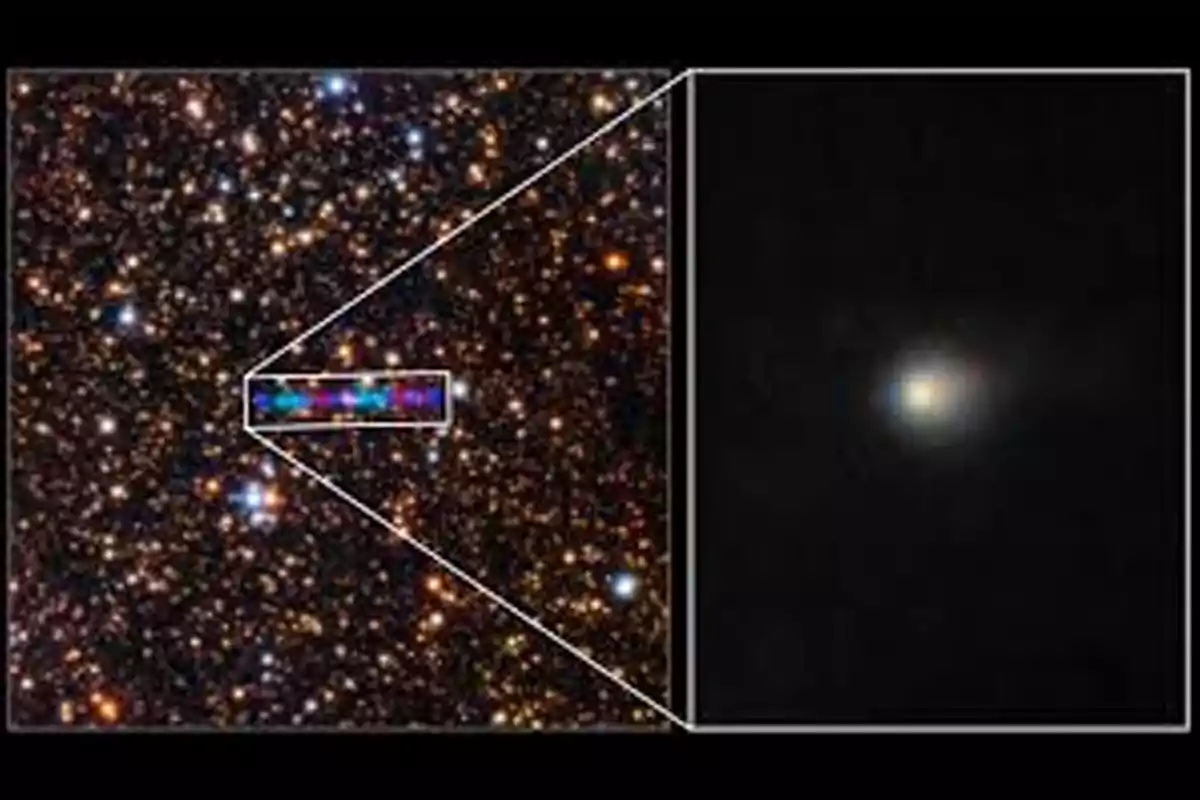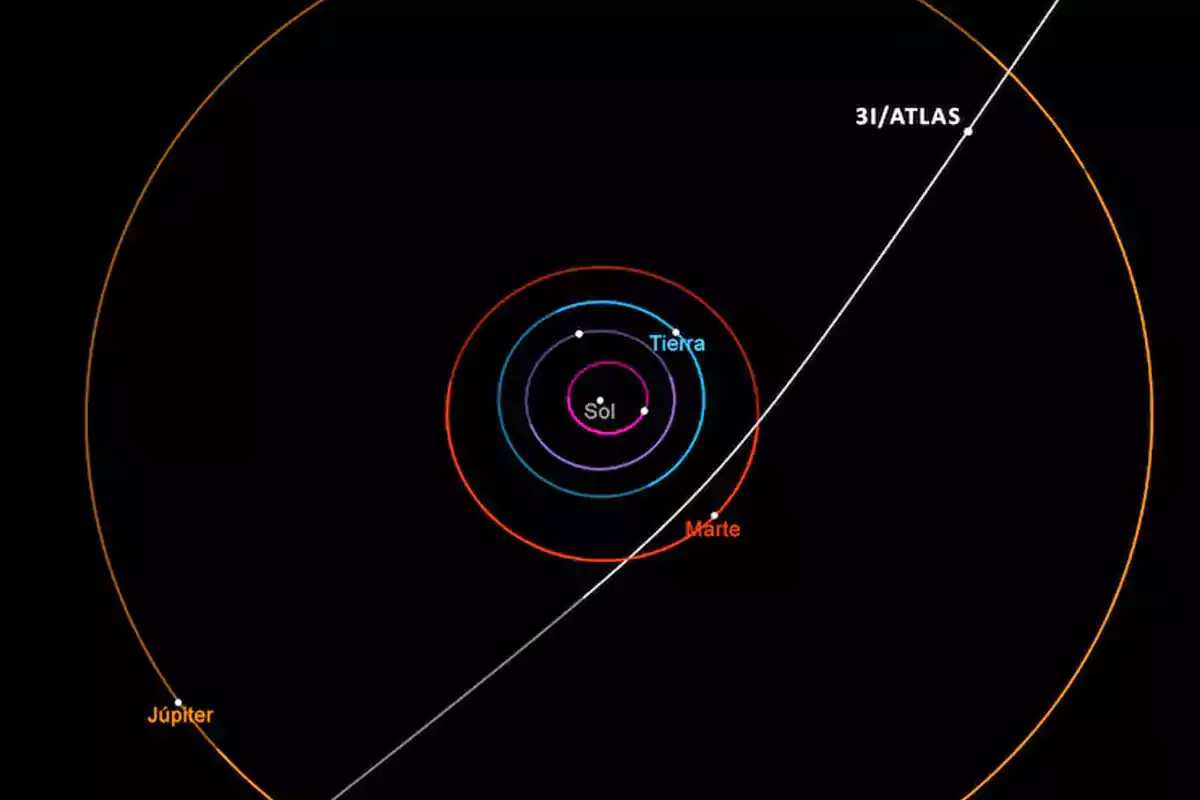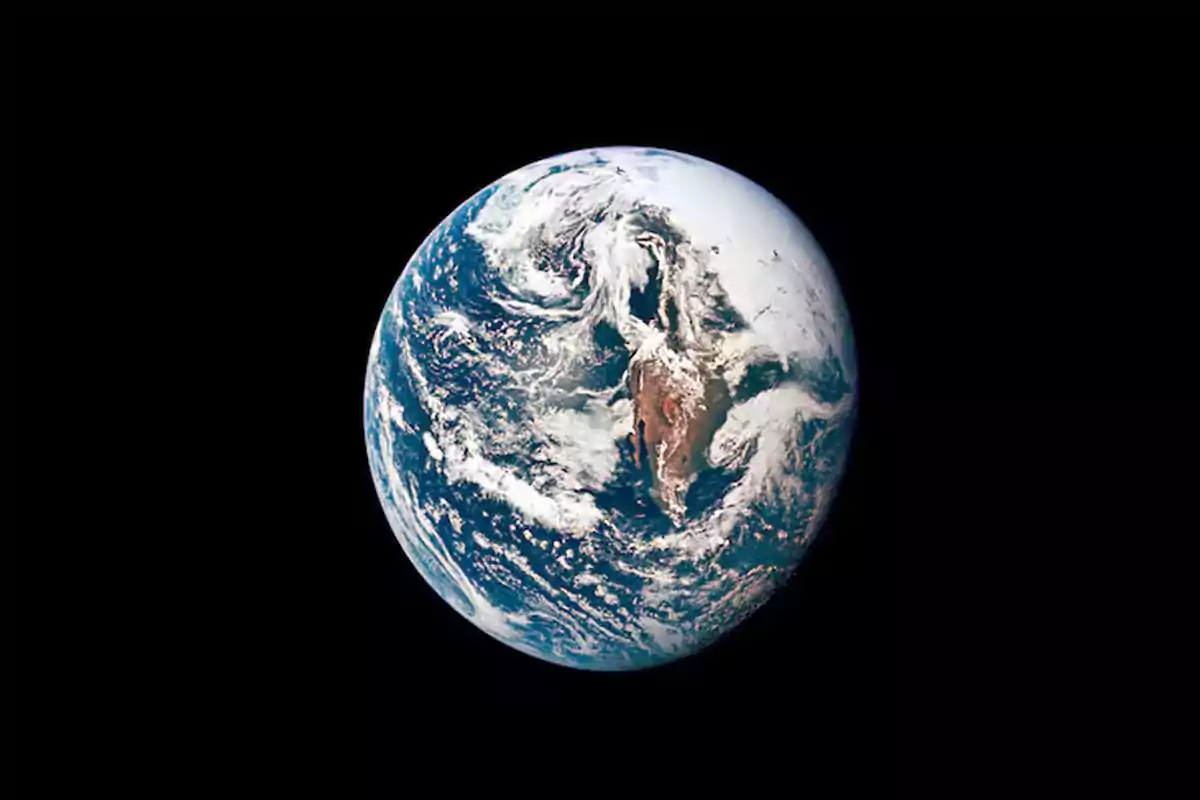
The Hubble telescope photographs the fastest comet ever observed in the solar system
3I/ATLAS, the third interstellar object detected, is traveling at 210,000 km/h (130,488 mph) and will pass far from Earth
The Hubble Space Telescope photographed 3I/ATLAS, only the third interstellar object ever detected. It travels at over 210,000 km/h (130,488 mph) and is heading toward the inner solar system.
The discovery was made possible thanks to the ATLAS detection network in Chile and sets a new speed record for a body originating from another stellar system.

A discovery racing through space at full speed
3I/ATLAS was detected on July 1, 2025, by the ATLAS observatory in Río Hurtado, Chile, and confirmed with previous records from other telescopes at different locations around the planet. Its designation marks it as the third known interstellar object.
The Hubble images, taken on July 21, show it 365 million kilometers (226.8 million miles) from Earth. It has a distinctive dust tail and a teardrop-shaped column illuminated by the Sun.
Characteristics and origin of 3I/ATLAS
Astronomers estimate its icy nucleus measures less than 5.6 kilometers (3.48 miles) and could be as small as 320 meters (1,050 feet). Studies suggest it formed more than 7 billion years ago, even before our solar system.

Its trajectory is hyperbolic, confirming that it isn't bound to the Sun. It comes from the direction of the constellation Sagittarius and will continue its journey into interstellar space.
No risk to Earth
NASA confirmed that the comet poses no danger. Its closest approach will be 270 million kilometers (167.8 million miles) from Earth. It will reach its perihelion—the closest point to the Sun—on October 30, 2025, within Mars's orbit.

It will be visible from ground-based telescopes until September, will disappear due to its proximity to the Sun, and will reappear in December.
More posts: